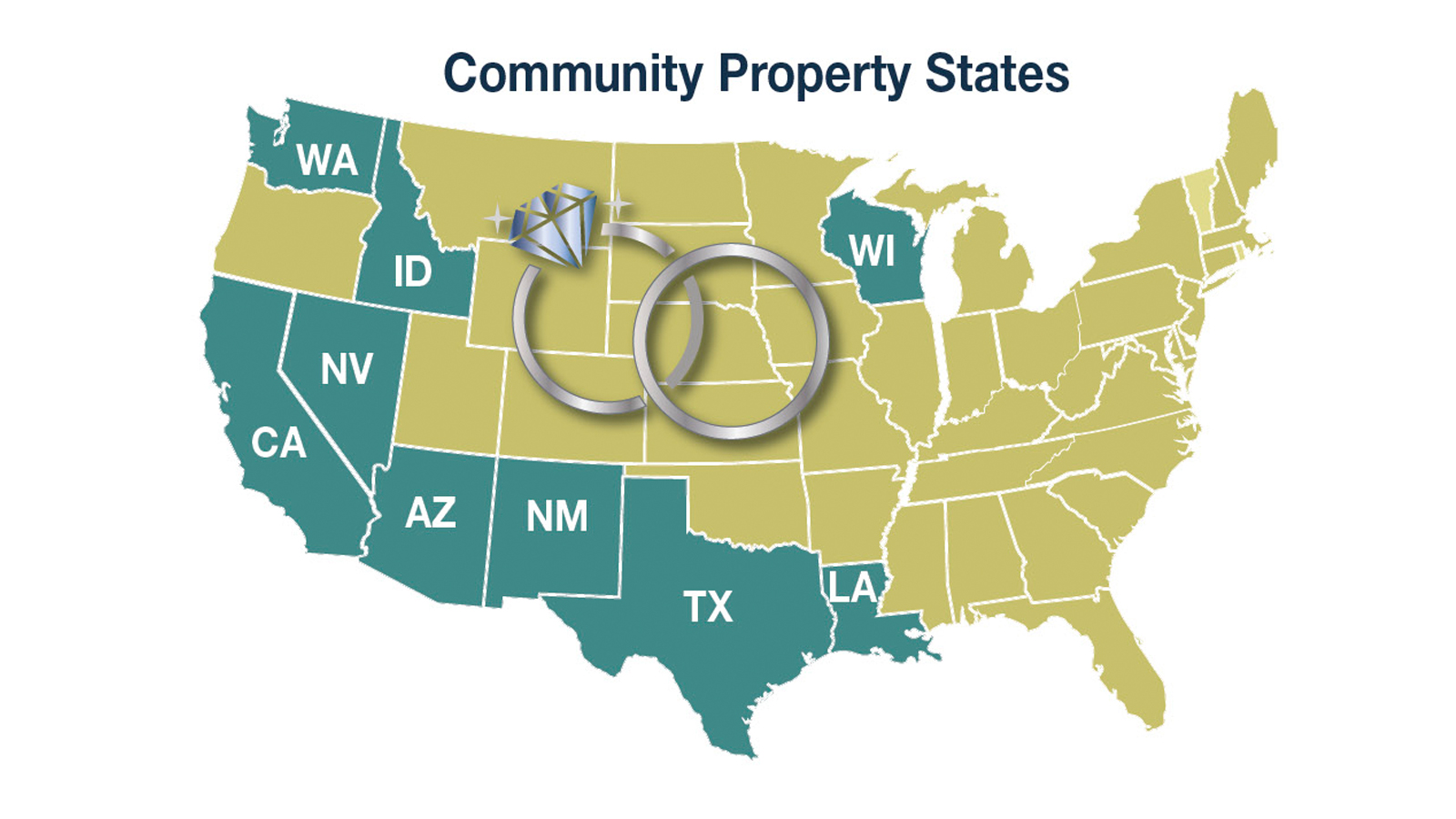Best Lawsuit Protection
The best lawsuit protection is an offshore trust… period. No structure or plan, no matter how complex, can compete with the good old offshore trust for lawsuit protection. It’s the only way to move your assets out of the United States, out of our court system, out of the reach of creditors and U.S. judges, and behind an impenetrable barrier.
To come to the conclusion that the best lawsuit protection is an offshore trust, I start from the position that all U.S. structures are flawed. Domestic asset protection is governed by U.S. law and U.S. judges. So long as your assets are in this country, they’re subject to the whims of an American court.
The way to escape our creditor friendly country is to change the jurisdiction and venue of the fight. To move your assets to a country that values your rights of ownership and self determination. To a country whose laws were specifically designed to protect you and your family from civil creditors and to get the case heard by a judge who will uphold those laws.
The two most important components of building the best lawsuit protection trust offshore are timing and control.
Timing is everything when funding an offshore trust. You must setup your asset protection structure before you have a problem. Once the cause of action has arisen, you will be unable to transfer assets out of the United States.
For example, if you hit someone with your car today, and fund a trust tomorrow, your offshore trust won’t protect you. A U.S. judge will likely claim the transfer is a fraudulent conveyance and hold you in contempt until you bring the cash back under his or her control.
- The cause of action arises when the harm occurs, not when a case is filed.
The second component of the best asset protection is that you should give up control over your assets once they’re in the trust. Professional investment advisors and a trustee should be hired to manage the trust per your written directives. These experts should be outside of the United States and, like your assets, out of the reach of the U.S. courts. No one with the authority to dissolve or modify the trust should be in the United States.
Not everyone who sets up an offshore trust gives up control. It’s possible to retain control through a variety of mechanisms. What I’m saying here is that, if you want maximum protection, and truly the best lawsuit protection, you must turn over the management of the trust to a third party.
What I’m describing is the Cadillac of asset protection structures – an offshore trust formed in the perfect jurisdiction managed by licensed and experienced professionals. This is not an off the shelf product for the masses. It’s not a cheap solution. It’s the best in lawsuit protection, not some offshore shelf company sold on the corner to anyone with a few grand to protect.
Not everyone can afford an offshore trust, nor does every situation call for a top of the line solution. For example, I would not recommend an offshore trust to anyone looking to protect less than $2 million.
If an international trust isn’t appropriate, then the best lawsuit protection is the offshore structure you can afford to build, maintain, and keep in compliance.
If the Cadillac is a foreign trust, then the Ford is a Panama Foundation. This will cost a fraction of a trust, allows you to maintain control of your investments, and is a solid deterrent. This structure will get you into some good banks, doesn’t require a foreign trustee or investment advisor, and has a strong world image (Panama Papers notwithstanding).
Another lower cost option is to move your retirement account offshore. Rather than a trust, you might form a single member LLC, owned by your IRA, and place that with an international bank… one with no branches or exposure to the United States.
The most important advice I can give you about the best lawsuit protection, and going offshore in general, is this: If you can’t afford to do it right, don’t do it at all.
Any American living, working, investing, or doing business offshore is a target. The IRS is waging war on those who move their cash out of the reach of their government, and the penalties for failing to comply are severe.
For example, failing to properly report an offshore trust can result in minimum penalties of $40,000 per year ($10,000 for each missed form, 3520, 3520-A, FBAR and 8938). Worse, the penalties for 3520 and 3520-A can be 10% of the trusts assets. If the trust has $5 million, your penalty could be $500,000 per year!
For these reasons, you must hire a U.S. expert to quarterback your offshore plan. If you’re a U.S. citizen, you need someone who understands the laws of your home country and how those interact with your country of formation.
Remember that 100% of your risk of liability is in the United States. Your offshore trust or other structure is a tool to protect your assets from U.S. creditors. Thus, only someone experienced in both jurisdictions is qualified to help you achieve your goals.
If you’re unable or unwilling to pay the fees charged by U.S. professionals, stick to domestic asset protection. If you’re going to go offshore, you need to do it right or not at all.
I hope this article on the best lawsuit protection has been helpful. For more information, please contact me at info@premieroffshore.com or call us at (619) 483-1708.












Leave a Reply
Want to join the discussion?Feel free to contribute!